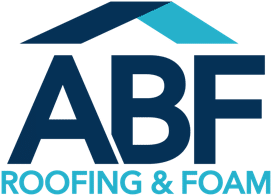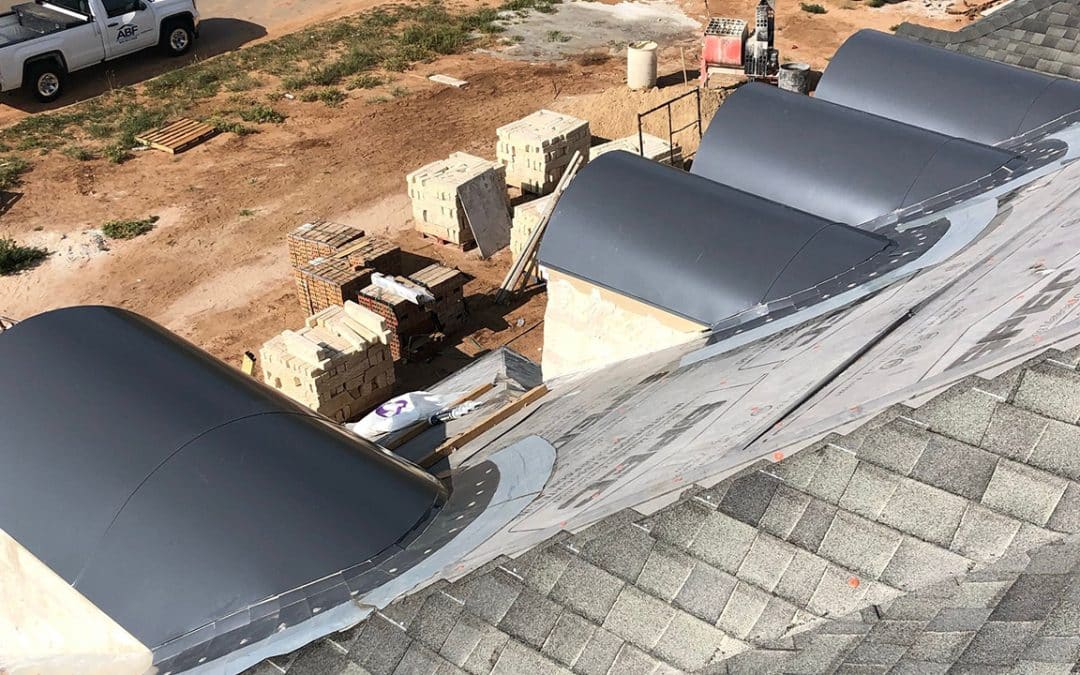Whether you own a home or manage a commercial property in Lubbock, you know the roof is the single most important defense against the harsh West Texas weather. While both residential and commercial projects involve securing a structure, the reality is that the work, materials, and expertise required for each are fundamentally different.
At ABF Roofing, we are equipped and certified to handle both residential and large-scale commercial roofing systems. Understanding these differences is key to choosing the right solution and the right contractor for your specific needs.
Design and Structure: Slope vs. Low-Slope
The most immediate difference is the roof’s pitch or slope.
Residential Roofing: Steep Pitch (The Umbrella)
- Design Focus: Residential roofs are typically steeply pitched (sloped) for efficient water runoff and aesthetic curb appeal. The slope easily sheds rain, snow, and debris, allowing for the use of smaller, overlapping materials.
- Key Materials: Asphalt shingles are the most popular choice, but options like metal roofing, wood shakes, and clay/concrete tiles are also common. Appearance is a significant factor in material selection.
- Structure: They usually cover less surface area and generally only feature chimneys and vent stacks.
Commercial Roofing: Flat or Low-Slope (The Bathtub)
- Design Focus: Commercial roofs are generally flat or low-sloped to cover expansive surface areas efficiently. This design is necessary to accommodate large, heavy rooftop equipment, such as HVAC units, vents, and ductwork.
- Key Materials: Due to the minimal pitch, materials must be highly waterproof and layered. Common systems include TPO (Thermoplastic Polyolefin), EPDM (rubber membrane), Modified Bitumen, and Spray Polyurethane Foam (SPF). Durability and longevity are the primary focus.
- Structure: They are often much larger, requiring robust insulation layers, specialized drainage systems, and structural capacity to support significant weight and frequent foot traffic for maintenance.
Materials, Installation, and Maintenance
The differences in design lead to entirely different processes for installation and upkeep.
Specialized Materials and Application
Residential roofs primarily use materials applied via overlap (shingles, tiles). Commercial flat roofs, on the other hand, require seamless, watertight membrane or fluid-applied systems (like TPO or foam) that are often heat-welded or chemically adhered. This demands a specialized skillset, unique tools, and extensive training not common among typical shingle installers.
Project Complexity and Scope
- Residential: Projects are typically smaller, focusing on one structure. Installation is often completed in a few days.
- Commercial: Projects are larger in scale, more complex, and involve unique challenges like navigating rooftop equipment and working around business operations. Commercial crews must be highly organized and proficient in complex building codes and safety regulations specific to large structures.
Maintenance Requirements
- Residential: Maintenance is generally simpler, focusing on clearing gutters and replacing damaged shingles after storms.
- Commercial: Flat roofs are susceptible to ponding water (where water collects), making routine, proactive inspection and maintenance absolutely essential. The presence of heavy equipment and higher foot traffic also necessitates specialized upkeep to keep the waterproof membrane intact.
Trust the Expertise of ABF Roofing
At ABF Roofing, we don’t treat all projects the same. We staff dedicated teams for both types of work, ensuring you get certified, experienced professionals regardless of your roof type.
Whether you need a full replacement of your home’s asphalt shingles after a hail storm or a complete TPO system installed on your commercial warehouse, you can rely on our dual expertise.
Ready to secure your residential or commercial property with the right team? Contact us today!

